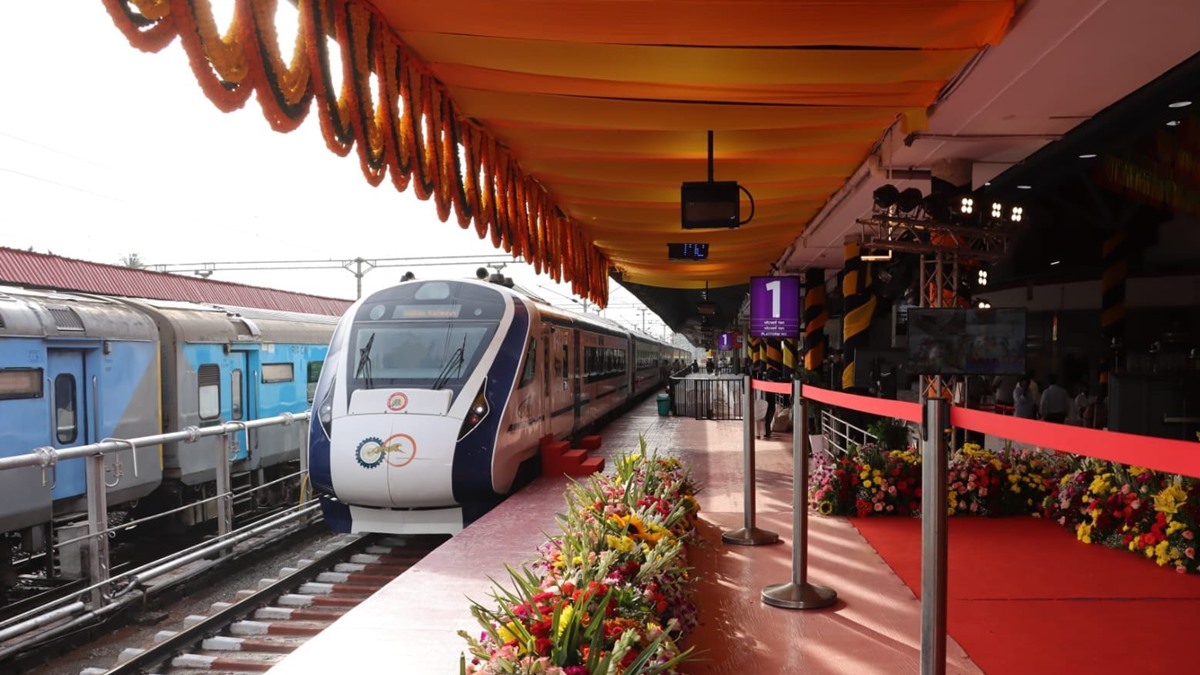
The downside of food security
Port Blair, Sep.13 (ANI): Mahatma Gandhi travelled all the way from Gujarat to Champaran district of Bihar, on the border with Nepal, to launch an agitation against the indigo planters. The Father of the Nation perceived that growing indigo for British planters meant that the farmers were not growing food grain on which their survival depended.
What is wrong if our farmers were growing indigo then? or cotton or any other cash crops now? In the otherwise idyllic Andaman islands, the same logic stands true, perhaps painfully so today. The major focus is on high value agriculture while cultivation of paddy or other cereals remains on the backburner.
The Tsunami in 2004 affected acres of land, of which prime agricultural land was a major casualty.
According to sources in the Agriculture Department, before tsunami, the total land available for cultivation in the Andaman 12,000 hectares, of which 10,500 hectares was under paddy cultivation. Around 5,000 hectares was lost to the Tsunami leaving only 7,500 hectares for the cultivation of this prime food grain.
This is miniscule considering the existing needs. Director Department of Agriculture, M A Salam, says: "Due to shortage of land, the current production is not sufficient to feed the existing population. "
However this is not causing the Administration to lose its sleep and the reasons are only too obvious. Here, in the islands, a protectionist policy keeps them cushioned. All the food grain required for the population comes as doles almost completely from the Centre's reserves.
In many parts of south Andaman, land has been lying unutilized for years. In Little Andaman, one of the islands in the group, paddy cultivation was extensive. Now markets have come up. In Billy Ground and Nimbudera, it is the same story.
Caught between these two situations is another disturbing question, nobody is asking. If for some reason, the Centre withdraws or reduces or staggers its dole to the islands, then what? The dismal picture of agriculture, in particular of local food grain production could lead to a crisis.
A crises emanating from the overflowing coffers dependent on the Centre's dole, compounded by a falling production of food grain locally and a burgeoning population. All this can easily, very easily snowball into a serious situation of food shortage in the islands.
Andaman islands need a systemic change in its agricultural policy. Else, we will be seeing the painful scenario of land being wasted when it could produce food to feed the hungry.
According to Charkha Features, what these islands, pearls in the midst of the Bay of Bengal need are to move away from a knee-jerk approach to the related issues of agriculture and availability of food grain. A far-sighted vision and a sound policy needs developed and put in place, based on strengthening local resources to maximize local production of food grains and to make food security rely less on dole from the mainland and more and more on productivity within the islands. By Zubair Ahmed (ANI)


 Click it and Unblock the Notifications
Click it and Unblock the Notifications















